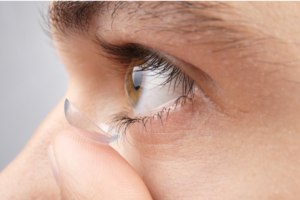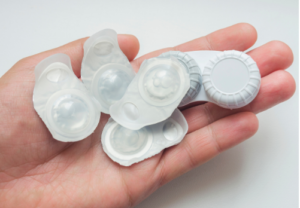The Link Between Dry Eye Disease and Contact Lenses: What You Need to Know
Contact lenses are a convenient and popular vision correction option for millions of people around the world. They provide a natural field of view, allowing for clear peripheral vision without the obstruction of glasses frames. They also offer greater flexibility in physical activities, whether it’s playing sports, exercising, or simply enjoying outdoor adventures, as there are no glasses to worry about falling or breaking. While contact lenses provide numerous benefits, they can also contribute to the development of dry eye disease. They offer benefits such as clear and uninterrupted vision, freedom from wearing glasses, and enhanced aesthetics. However, it’s important to be aware of the potential link between contact lenses and dry eye disease.
view, allowing for clear peripheral vision without the obstruction of glasses frames. They also offer greater flexibility in physical activities, whether it’s playing sports, exercising, or simply enjoying outdoor adventures, as there are no glasses to worry about falling or breaking. While contact lenses provide numerous benefits, they can also contribute to the development of dry eye disease. They offer benefits such as clear and uninterrupted vision, freedom from wearing glasses, and enhanced aesthetics. However, it’s important to be aware of the potential link between contact lenses and dry eye disease.
Dry eye disease is a condition that occurs when the eyes do not produce enough tears or the tears evaporate too quickly, leading to dryness, irritation, and discomfort. The use of contact lenses can exacerbate dry eye symptoms due to several factors.
One of the primary causes of dry eye in contact lens wearers is the reduction in oxygen flow to the cornea. When contact lenses are worn for extended periods, they can limit the amount of oxygen that reaches the cornea, leading to dryness and discomfort. Additionally, contact lenses can alter the natural tear film, which can further exacerbate dry eye symptoms.
extended periods, they can limit the amount of oxygen that reaches the cornea, leading to dryness and discomfort. Additionally, contact lenses can alter the natural tear film, which can further exacerbate dry eye symptoms.
Another factor that contributes to dry eye in contact lens wearers is the accumulation of bacteria and debris on the contact lens surface. These deposits can cause irritation and inflammation, which can lead to dryness and discomfort. In some cases, contact lens wearers may develop an allergic reaction to the lens material, leading to further dryness and discomfort.
Steps to minimize the risk of Dry Eye Disease:
- Choosing the right type of contact lenses: Some types of contact lenses are better suited for people with dry eye disease. Soft contact
 lenses made from silicone hydrogel material tend to allow more oxygen flow to the cornea, which can help prevent dryness.
lenses made from silicone hydrogel material tend to allow more oxygen flow to the cornea, which can help prevent dryness. - Cleaning and disinfecting contact lenses regularly: Proper cleaning and disinfection of contact lenses can help prevent the accumulation of bacteria and debris on the lens surface.
- Taking breaks from contact lens wear: It’s important to give the eyes a break from contact lenses to allow them to breathe and recover. EyeD can send you gentle reminders to take regular breaks and perform blink exercises to refresh and moisturize your eyes.
- Using artificial tears: Artificial tears can help lubricate the eyes and alleviate dryness and discomfort.
- Seeing an eye doctor regularly: Regular eye exams can help detect and manage dry eye disease in contact lens wearers. EyeD can provide valuable insights into your eye health to facilitate productive discussions during your visits.
Conclusion
While contact lenses can provide numerous benefits, they can also contribute to the development of dry eye disease. However, with the assistance of innovative tools like EyeD, contact lens wearers can actively address dry eye symptoms and maintain optimal eye comfort. With EyeD by your side, you can confidently enjoy the convenience and clarity of contact lenses while prioritizing the well-being of your eyes. Remember to follow the recommended guidelines provided by your eye care professional and always prioritize the health and well-being of your eyes. With these practices in place, you can continue to enjoy the benefits of contact lens wear while keeping your eyes healthy and happy.
Explore similar topics and expand your knowledge:
Eye Wear Showdown – Which is right for you?
